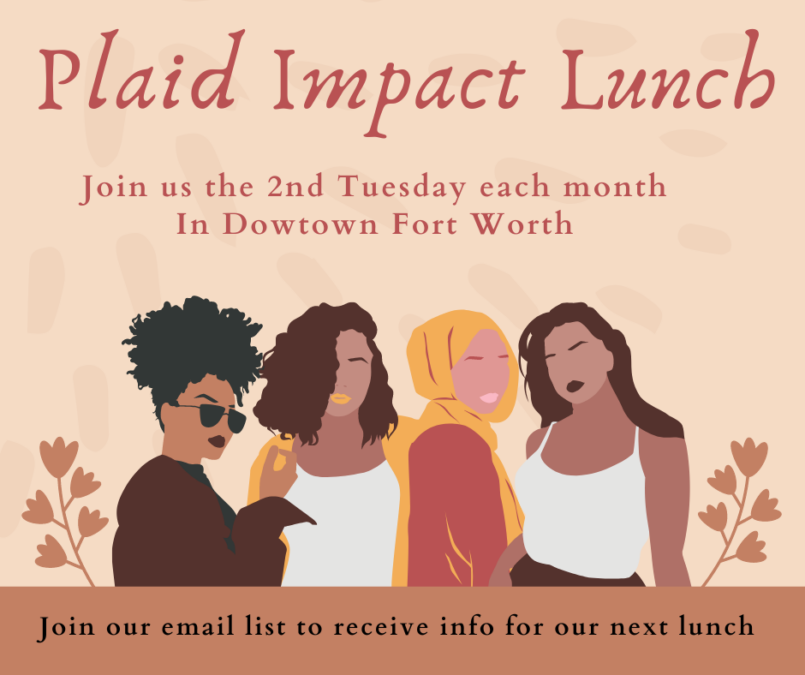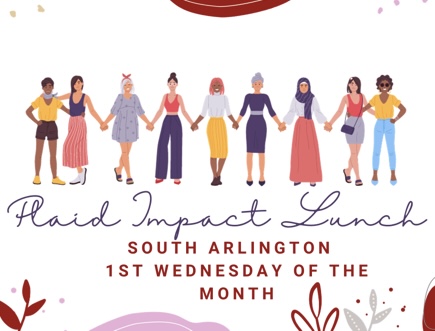The Listening Paradox
Take a moment and look around your space right now. Count how many forms of communication you are currently using or have used in the last ten minutes. Don’t forget all the various social media platforms, instant messaging apps, email, video conferencing, and phone calls or texts. In 2024, there are so many ways to communicate, and yet communication remains one of the top reasons for problems in relationships. This includes all types of relationships, not just romantic ones. Sometimes we have communication problems in our relationships with our parents, kids, friends, or even co-workers. Having a variety of forms of communication clearly isn’t the answer.
True Listening
Perhaps the problem lies in a lack of true listening. The essence of true listening lies in more than simply hearing the words. It starts with a genuine interest in understanding and processing the speaker’s message, as well as their emotions and intentions. Whether in a personal or professional context, never underestimate the value of someone feeling heard. Feeling heard builds trust and mutual respect, allows more open and honest sharing, and conflicts resolve more amicably.
While the various forms of communication devices are new and changing practically daily, listening has an older history. Active listening is a term that is traced back to 1957 and is a concept developed by two American psychologists, Carl Rogers and Richard Farson. A quick and simple definition of “active listening” is listening to understand. While the idea of listening may seem simple, it can be quite challenging. The good news is that this is a skill that we can all learn and practice, and even become quite competent.
Barriers
Before getting to some practical skills, it is important to understand the barriers to listening. The most common are distractions, emotional reactions, assumptions, and listening with the intent to respond. We must begin by dealing with these barriers. Notice the word “deal.” It matches the four most common obstacles to effective listening. My brain likes to make acronyms to help me remember when I am learning something new and trying new things.
Distractions—all of those modes of communication that we mentioned earlier are bombarding us continually. Turn off any televisions or computers, put the phone away or in ‘do not disturb’ mode. Do anything you can to minimize distractions.
Emotional Reactions—this is where we need to check in with ourselves and make sure our emotions are fairly centered. If we are feeling defensive, angry, or anxious, it is hard to focus on what the speaker is saying. Take a breath and be honest with yourself.
Assumptions—when we start to assume we know where they are going with what they are saying, we often shortchange the speaker of being fully listened to, and this, in turn, interrupts the connection and possibly keeps the speaker from feeling heard and understood.
Listening to Respond—this is such a common interrupter of true listening and most of us know exactly what this is like. We start thinking of what we want to say in response and we stop listening midway through the speaker finishing their thoughts. Try to catch that little habit as soon as possible. Give yourself permission to not have a response right away. Let the information process through your brain to see if you understand what they are saying. Synthesize that information and ask questions to clarify you get it, or even say some of it back to them.
Practice
Once you start to deal with the blocks to listening, you can begin to practice listening more. Not only will the one you are listening to experience the exquisiteness of being heard, but you will benefit as well. You will learn in a different way—not just about this person but about yourself as well. Your connection will feel strengthened. You broaden your world and open up more to different viewpoints. This enhances your leadership and problem-solving skills. Listening better is a win-win strategy. I would love to share some tips and play with another acronym like earlier. Let me give you a tip for each letter of the word LISTEN.
L
Lean in closer to the speaker and look them in the eye. Okay, this is a little bit of a social skill that is nuanced. There is such a thing as awkwardly close. And some of us struggle with looking in the eye of another. Even if you gesture with a leaning in from across a space, the message of being interested is conveyed well. As for the looking in the eye, it is okay to look away once in a while. Simply try to look them in the eye more if you can, from a place of genuine interest in hearing what they say.
I
Intentions matter. Set the intention to listen to understand, the intention to avoid distractions. Set the intention to connect more with the speaker, regardless of the relationship you have with them. Who among us couldn’t benefit from connecting a little more with others?
S
Set aside your story and your narrative. Remind yourself that your story is important and valuable and deserves to be heard. Your story will get a chance another time. Right now, the role you are taking is to hold the story and narrative of the speaker. And please, share your story at some point. Perhaps with the speaker, perhaps with someone else. Write it out even. Setting aside your story for the moment works best if you take care of your story and share it at some point.
T
Think about questions. Asking the speaker questions is one of the best ways to get them to open up and share more. Asking questions ensures you understand them or helps you get more clarity and understanding in the first place. There is so much power in questions. Challenge yourself to ask at least a question or two, even if you think you know what they are saying.
E
Empathy is something that can be developed. Imagine yourself in the shoes of the speaker. What do you think it was like thinking or doing whatever it is that they are sharing with you? What would you have felt if you were doing the same thing? And now in expressing this empathy to them, remember that it is okay to not quite match them. This is where more understanding can be developed. If you say, “I imagine you would feel sad” in response to what they are sharing, and they say, “No, actually I feel mad,” this is a beautiful byproduct of good listening. The speaker may have not realized what they were feeling and your question helped them get there. They will have likely felt that you were empathizing with them. And you will have gained clarity and further understanding.
N
Notice non-verbal cues. Paying attention to the speaker’s sitting or standing stance and body posture. How’s their tone of voice? Look closely at their facial expressions. Sometimes the words being said are not as important as the way it is being said. Catching some of these cues can be powerful ways to reflect back to the speaker ensuring that they are feeling heard.
One of the best feelings is to feel heard and understood. I hope that all of us can spread some of that feeling around to the people in our lives by creating a little more space for true and active listening.
Find more from Jamie here.













